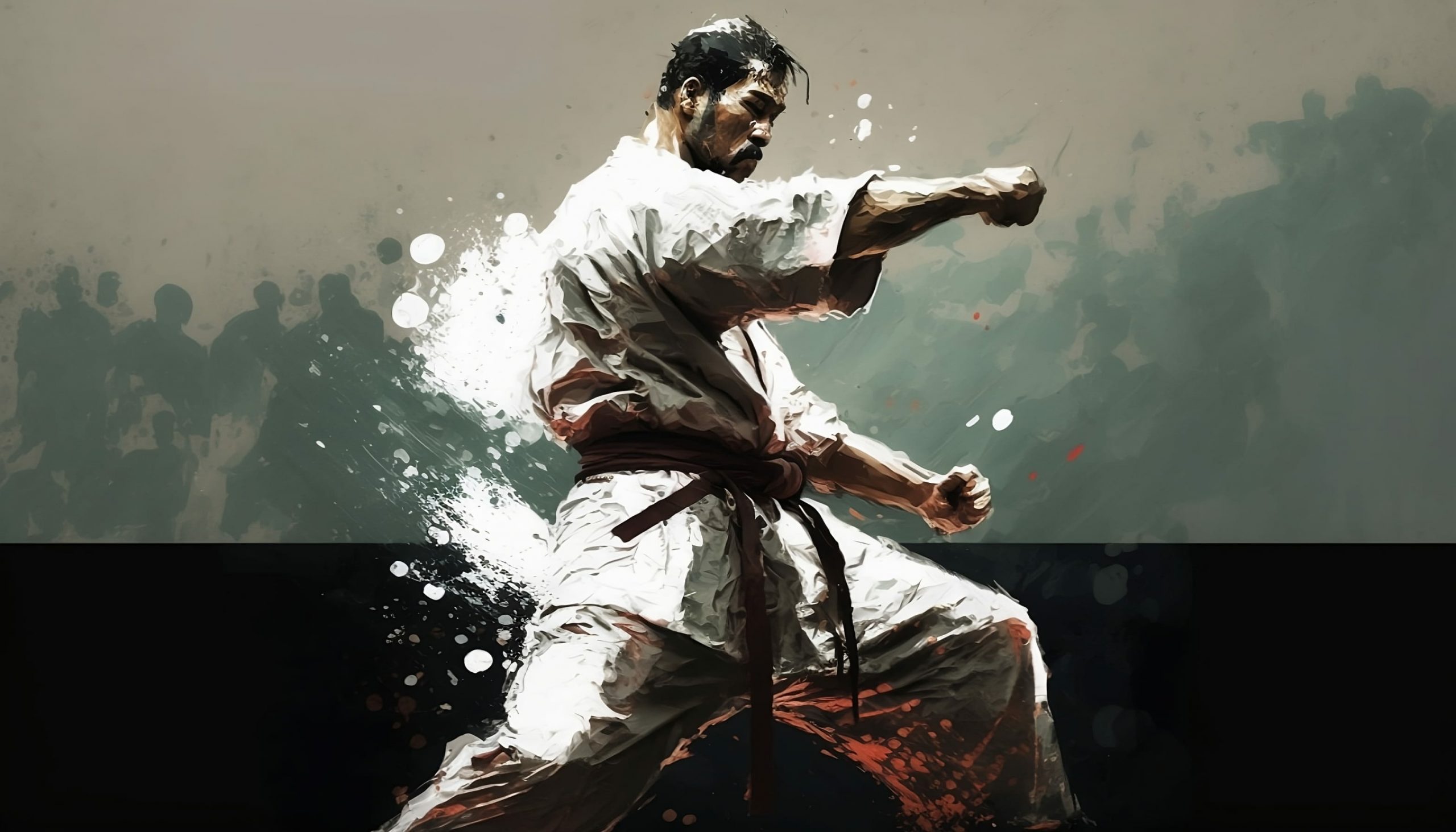The term “energy” gets thrown around a lot these days. From an informal perspective and part of everyday life. Energy can refer to how we are feeling in the now moment (“I feel energized” as a term to describe a state of alertness), the metabolic fuel we can extract from absorbing nutrients in our diet which helps us perform at our best, and the effort required to accomplish a task. (“cleaning my house is going to take a lot of energy…”). Regardless of its colloquial context, there are also the scientific aspects, which will be the topic of today’s discussion.
In the realm of physics, there are distinct forms of energy, such: potential, kinetic, thermal, electrical, chemical, and nuclear energy. Specific to movement science (kinesiology), the study and performance of
martial arts, potential and kinetic energy are of utmost importance. These two types of energy can be considered the polarities – or yin-yang essence – of movement.
Merriam-Webster defines potential energy as “the energy that a piece of matter has because of its position or nature or because of the arrangement of parts.” Similarly, kinetic energy is simply defined as the “energy associated with motion.”
At Kinetic Kickboxing Academy, we emphasize the seamless transfer of kinetic energy from one technique to the next. By establishing a rhythmic pattern of movement, the energy generated by one technique can fuel the next, creating a continuous flow. Our curriculum and coaching systems take advantage of the wisdom that biomechanics provide, thereby enhancing the power, speed, flow between techniques. This also has the unique benefit of helping our students feel more attuned with their bodies, providing a great sense of ease, and reduces the delay between techniques.
Harnessing the potential of kinetic energy in kickboxing is not just about physical prowess; it’s also about understanding the underlying principles that govern movement. When you throw a punch, the kinetic energy generated starts from your feet, travels up through your legs, hips, and torso, and is finally delivered through your fist, ideally in a seamless fashion. This is relatively common knowledge. However, what if I were to tell you that it is your scapula (AKA shoulder blades) and thoracic spine that initiates the kinetic energy from the top down, concomitant with the bottom up action through the feet, legs, and pelvis? This is due to the inherent ability of our scapula to influence thoracic rotation, which facilitates pelvic rotation. This results in a synergistic effect that makes the kick feel like magic – drastically increasing speed and power while providing a felt sense of ease.
Oh, and this applies to both punches and kicks. For example, during a roundhouse kick, the general consensus is to start from the bottom up: kick leg is driven forward, stance foot pivots, followed by pelvic and thoracic rotation, and ending with the full extension of the kick leg as it impacts the target. However, by utilizing the scapular-thoracic rhythm, it is easier to generate the twisting forces of the kick, again, through the synergistic relationship by the torso, pelvis, things, and feet.
If you are interested in reading more about the mechanics of torso rotation, and how it can improve your performance – beyond that of kickboxing, read our article on “Scapulothoracic Movement, The Unsung Hero of Rotational Forces.”
